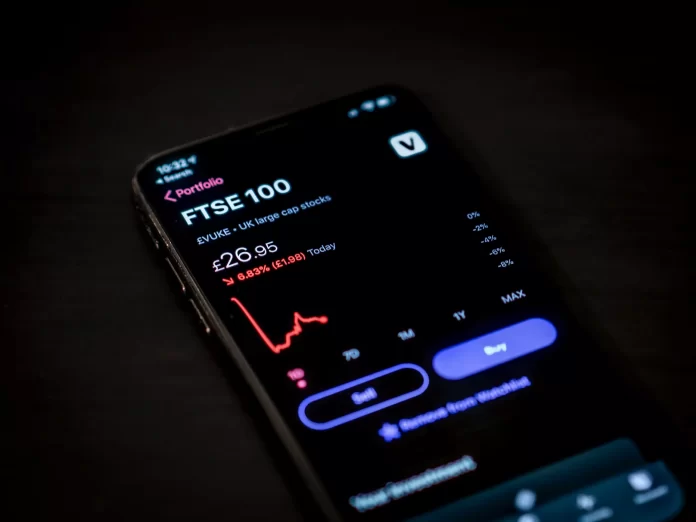Drawdown is something that Forex traders almost always face and it is not something to be afraid of. However, if you are new to trading, especially in Forex, the word “drawdown” is definitely something that can scare you. In fact, this is an absolutely normal part of the trading process and anyone, even the most experienced trader, encounters drawdowns.
However, if you are just starting out in trading, then you definitely need to know what drawdown is in order to manage your trading account balance more properly.
Forex drawdown meaning
Understanding drawdown is simple enough – it is the difference between your original balance (or balance for a certain period) and your balance at the low point for a certain period. That is, drawdown shows how much money you have lost over a certain period of time. For an example, let’s take a $100,000 trading account. If your balance at the end of the month was $90,000, it means that for that month you had a drawdown of $10,000 (or 10% in relative values).
What you can learn analyzing your drawdowns on Forex?
A single drawdown tells you virtually nothing because it can simply be a coincidence of negative circumstances. However, repeated drawdowns can describe the soundness of your trading system over the long term.
The main problem is that each drawdown requires you to have more profitability going forward in order to reach your breakeven point. For example, if you have a 50% drawdown, then you need a 100% return on your remaining capital just to cover your previous losses.
Most large investors and investment funds focus on much smaller profit figures, preferring to implement risk management procedures to reduce the chance or size of drawdowns.
However, if we are talking about amateur traders, they, on the contrary, experience aggression and excitement, seeking to regain their capital. Of course, this usually leads to a completely different result. The trader becomes less cautious and uses higher leverage which increases the chances of losses.
How to avoid drawdowns on Forex
There are a few things you can do to help you avoid drawdowns.
- Never give in to emotions. Drawdowns sometimes happen and sometimes it’s even okay, but only if it’s caused by a change in market conditions. However, if you get into a rush and want to get it all back, then you will hardly succeed. Emotions are more likely to be a significant obstacle to trading, so try to avoid them.
- Don’t use too much leverage. More leverage means more risk, so strike a balance between trade size and risk. Sure, leverage allows you to open larger trades which would be too risky with cash, but on the other hand it increases your risk.
- Set a stop-loss or stop-market order before you enter a trade. This will help lock a loss no higher than the size you set, even if the trade goes wrong on that position.
- Focus on strategy. While a lot of trading requires you to make quick decisions, long-term vision is at the heart of success. You must develop your trading strategy and consider each individual trade only as a small puzzle of your work. This will help you avoid rash decisions and spontaneous actions.






